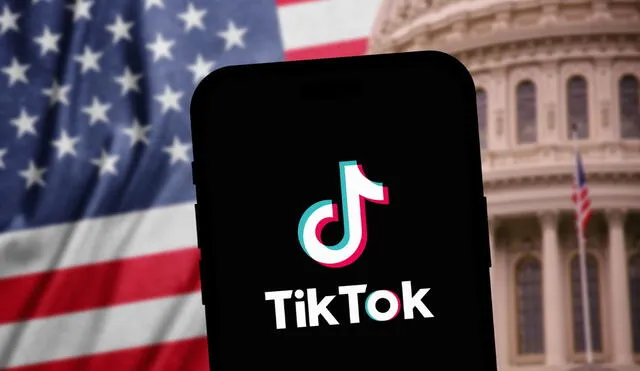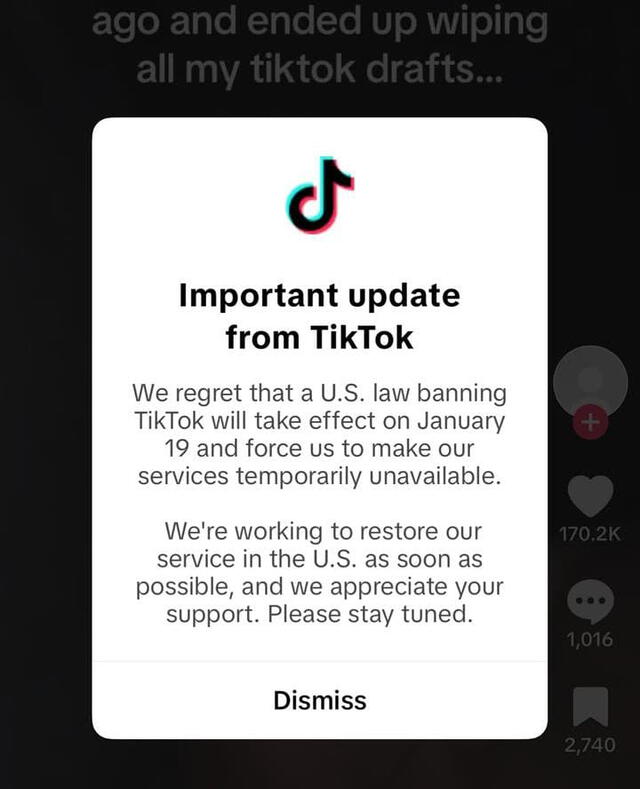TikTok users in the United States face service suspension after Supreme Court upholds ban

TikTok has officially suspended its services in the United States following a Supreme Court ruling upholding a federal law that mandates the app’s parent company, ByteDance, to divest its ownership. This decision, effective January 19, 2025, has left TikTok’s 170 million U.S. users without access to the platform, marking a significant moment in the ongoing debate over national security and foreign-owned technology companies.
The ban has sparked widespread concern among users and creators who rely on TikTok for entertainment, income, and communication. As the platform goes dark, the future of TikTok in the U.S. hangs in the balance.
Why TikTok was forced to suspend services in the US
The U.S. government’s concerns about TikTok stem from allegations that ByteDance could share user data with the Chinese government, posing a potential national security risk. The federal law requiring ByteDance to divest its ownership or face a ban was challenged in court, but the Supreme Court upheld the decision, solidifying the platform’s suspension.
TikTok has long denied allegations of data misuse and has attempted to address security concerns through measures such as storing U.S. user data domestically. However, these efforts were deemed insufficient by U.S. lawmakers, leading to the platform’s forced shutdown.
On January 18, TikTok began notifying users of the service suspension. A message displayed on the app informed users:
“We regret that a U.S. law prohibiting TikTok takes effect on January 19, requiring us to make our services temporarily unavailable. We are working to restore our service in the U.S. as soon as possible and appreciate your support.”
By late evening, TikTok became inaccessible, leaving millions of users scrambling to adapt. For many creators, the suspension poses a significant challenge, as TikTok was a primary source of income and audience engagement.
The app’s shutdown has also caused a ripple effect across the social media landscape, with platforms like Instagram Reels, YouTube Shorts, and emerging competitor RedNote seeing a surge in activity as users seek alternatives.

A message from TikTok to all their users in the US at the end of Jan.18, 2025. Photo: TikTok.
Political and legal repercussions for Social Media
The suspension of TikTok in the U.S. highlights the increasing tension between national security concerns and global technology companies. The Supreme Court’s ruling reinforces the government’s stance on prioritizing security over the popularity of foreign-owned platforms.
However, there may still be hope for TikTok. President-elect Donald Trump has expressed a willingness to grant TikTok a 90-day extension upon taking office. This potential reprieve could allow ByteDance additional time to negotiate with U.S. authorities and explore solutions that might prevent a permanent ban.
Despite this possibility, the platform’s fate remains uncertain, with both TikTok and its users anxiously awaiting further developments.
TikTok’s suspension has underscored the vulnerability of foreign-owned platforms operating in the U.S. It also serves as a wake-up call for content creators and businesses to diversify their digital presence to reduce reliance on a single platform.
For users, the loss of TikTok has prompted a reevaluation of how they engage with social media, potentially leading to a shift in audience behavior and trends. The rapid rise of alternative platforms demonstrates the resilience and adaptability of the digital community.
